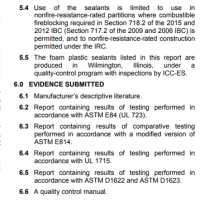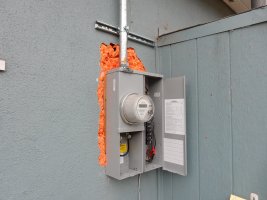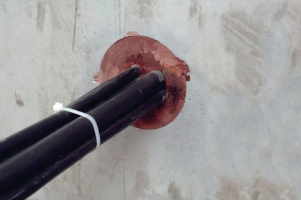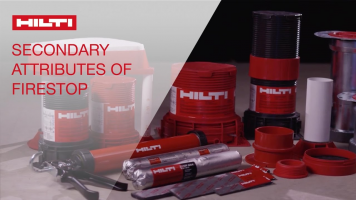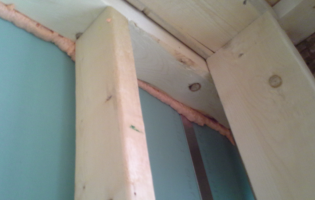jar546
Forum Coordinator
I came across this situation in a school where FMC conduit was penetrating a fire rated wall separating a classroom from the corridor.
whenever I see orange foam on a commercial job site I sort of cringe and start hunting for it. I read the ICC – ES report for this and it is basically for blocking in wood frame construction on residential structures.
what are your thoughts?
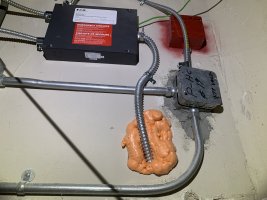
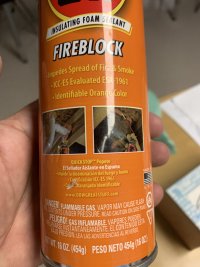
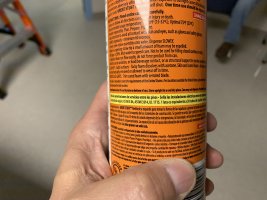
whenever I see orange foam on a commercial job site I sort of cringe and start hunting for it. I read the ICC – ES report for this and it is basically for blocking in wood frame construction on residential structures.
what are your thoughts?




